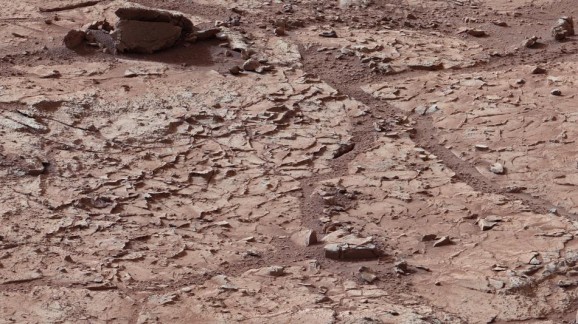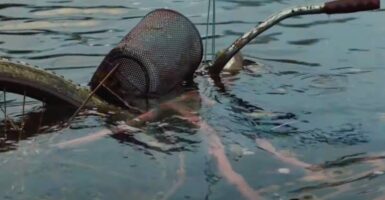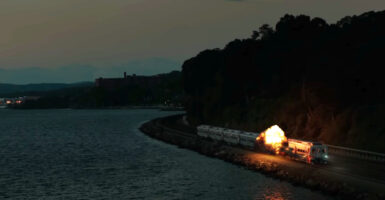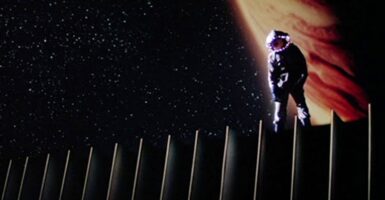Curiosity Confirms That Mars Was Once Suitable For Sustaining Life
A look into the Red Planet's more hospitable past.
This article is more than 2 years old
So we learned something exciting from the Mars Curiosity Rover today. Turns out that portions of the Red Planet have all the necessary components to support microbial life. The robotic space explorer drilled into a Martian rock, and when the remaining dust was analyzed, scientists found sulfur, nitrogen, hydrogen, oxygen, phosphorus, and carbon. All of those are all vital components for life.

David Blake, one of the chief investigators on the Curiosity project, said, “I think this is probably the only definitively habitable environment [outside of Earth] that we have described and recorded.”
The rock is located in an especially low area of the Gale Crater called Yellowknife Bay, and the rock itself has been named “John Klein.” Given the makeup of layered sedimentary rocks of different textures, the area seems to indicate that Mars has something of a wet and wild history, as well a past filled with geological activity.
Blake noted, “Clay minerals make up at least 20% of the composition of this sample,” adding that this is indicative of fresh water reactions.
John Grotzinger, a scientist working on Curiosity, said, “We have found a habitable environment that is so benign and supportive of life that, if this water had been around and you had been on the planet, you would have been able to drink it.” That’s assuming that your eyes don’t bulge out of your head like Arnold Schwarzenegger in Total Recall.
This potential haven for life that exists within the Gale Crater is a distinct contrast to what the Opportunity rover found in 2004. What they found in the Endurance Crater was harsh, acidic, and most definitely not a friendly place for life of any kind.
Lead scientist, Michael Meyer, called Yellowknife Bay “chapter one in Mars’ autobiography.”












